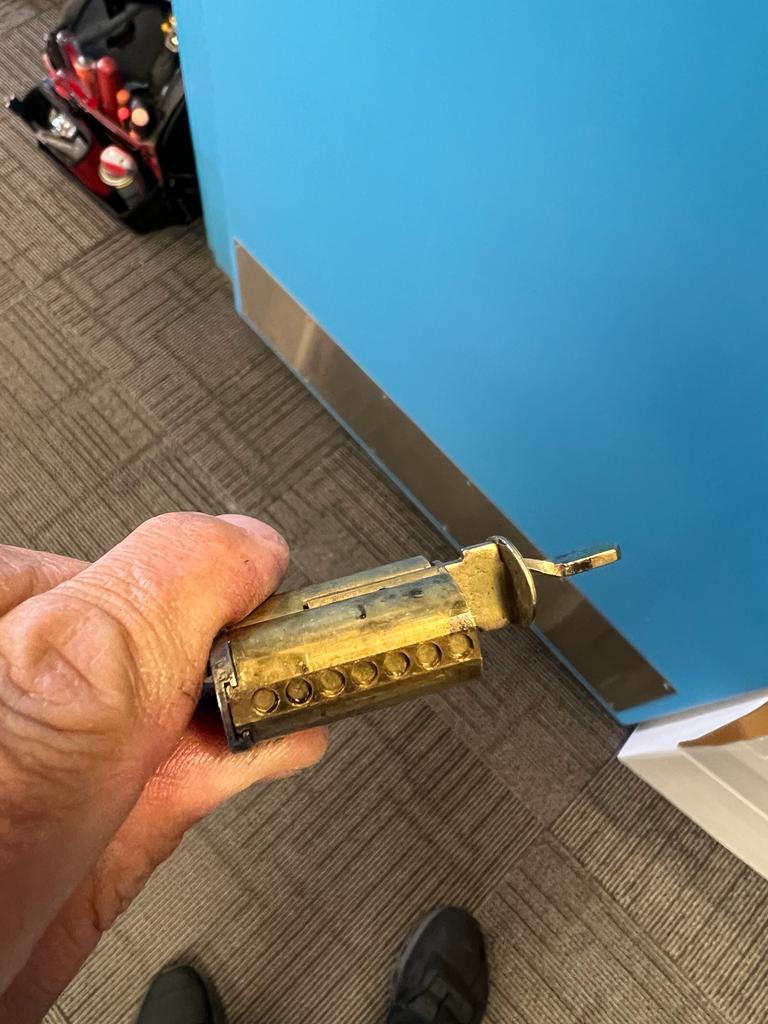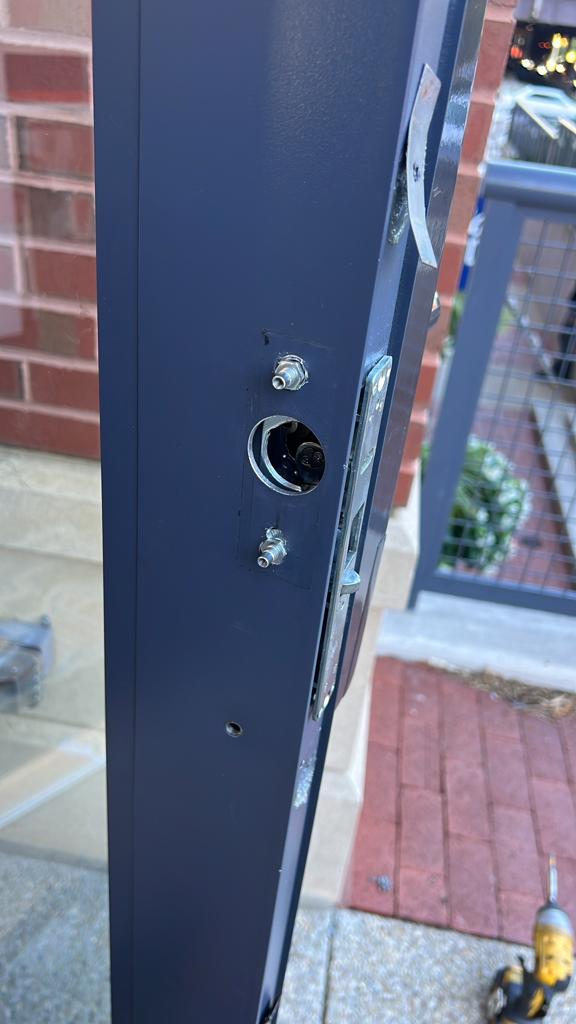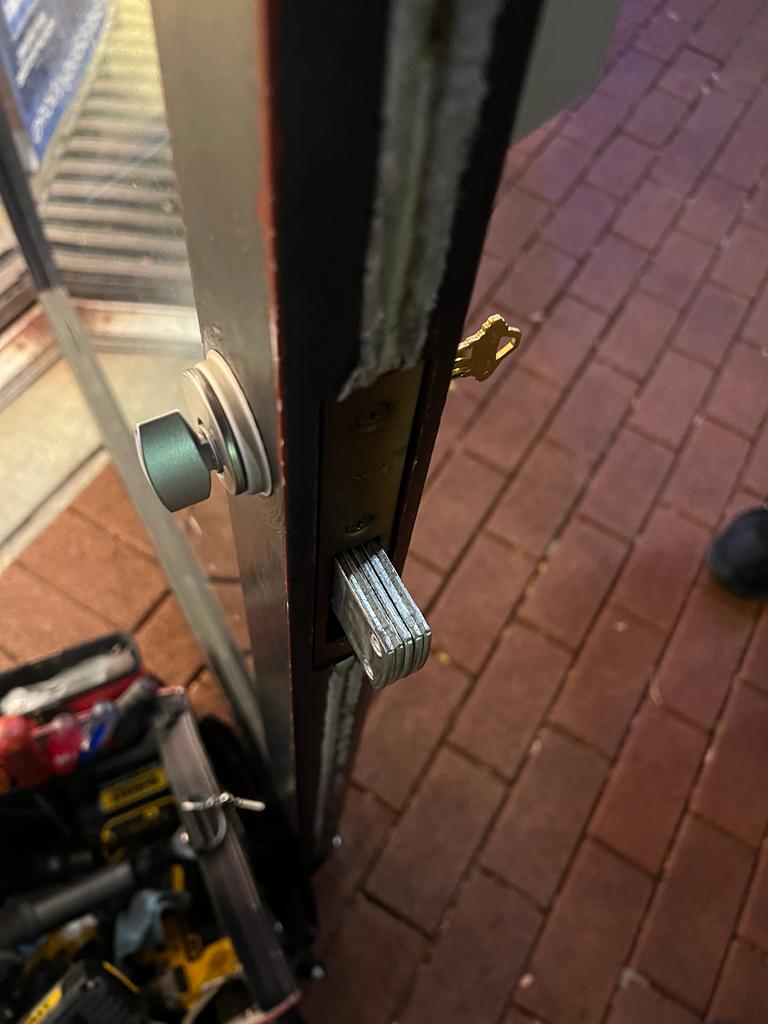In the enchanting backdrop of Georgetown Waterfront Park in Washington, D.C., a professional locksmith from D&A 24/7 Locksmiths seamlessly executed a successful lock change, intertwining technical precision with the scenic allure of this historic area. As the locksmith addressed the security needs with expertise, the cobbled streets and the Potomac River served as witnesses to the meticulous intervention. Nestled amidst iconic local establishments like Fiola Mare and the lively Washington Harbour, the lock change became not just a security enhancement but also a testament to the locksmith’s role in safeguarding the vibrant pulse of Georgetown’s waterfront. This intervention, framed by the picturesque surroundings and the proximity to cultural landmarks, exemplified the commitment of D&A 24/7 Locksmiths to both security and the unique character of Georgetown Waterfront Park.
As a locksmith technician, orchestrating a lock change is akin to weaving a tapestry of security, intricately threading every step to fortify a space. In this post, I’ll unveil the meticulous process of performing a lock change, shedding light on the technical finesse and precision required to secure homes and businesses.
- Preliminary Assessment: The journey commences with a comprehensive assessment of the client’s security needs. Conversations with the client unveil specific concerns, whether it’s upgrading to a high-security system, replacing outdated locks, or addressing recent security issues. This initial assessment guides the tailored strategy for the lock change.
- Inventory and Tool Preparation: Armed with the understanding of the client’s requirements, the locksmith technician meticulously prepares a specialized toolkit. This arsenal may include various lock types, replacement cylinders, screwdrivers, and rekeying kits – a comprehensive set to cater to the specific needs of the lock change.
- Removal of Existing Lock: The technician carefully removes the existing lock, paying attention to every detail to avoid damage to the door and surrounding areas. This step is executed with precision, ensuring the integrity of the door while preparing for the installation of a new, secure lock.
- Installation of New Lock: With the old lock removed, the technician proceeds to install the new lock. Aligning the lockset precisely and securing it in place demands a keen eye for detail. Whether it’s a traditional deadbolt or a modern electronic system, this phase is where technical prowess comes to the forefront.
- Keying and Rekeying: The heart of the lock change lies in keying or rekeying the locks to match the client’s security preferences. The technician may create entirely new key systems, rekey locks to a master key system, or implement high-security key control measures, depending on the client’s specifications.
- Testing and Quality Assurance: Every aspect of the lock undergoes rigorous testing. The technician checks for smooth key rotation, secure locking mechanisms, and, if applicable, electronic access control responses. This stage is paramount to delivering a reliable and secure locking system.
- Client Education and Documentation: The locksmith technician takes the time to educate the client about the new lock. This includes providing information on proper usage, maintenance, and any additional security features. Detailed documentation ensures that the client has a record of the lock change for their reference.
- Final Inspection and Departure: Before concluding the lock change, the technician conducts a final inspection. This involves scrutinizing each lock, ensuring keys operate smoothly, and verifying that electronic systems are synchronized. Any tools or debris are carefully removed, leaving the client with a fresh and secure locking system.
Conclusion: A lock change is not merely a technical task; it’s a commitment to security. As a DC locksmith technician, each step in this intricate process is a testament to the dedication to safeguarding homes and businesses, ensuring that the locks not only provide security but also peace of mind.


